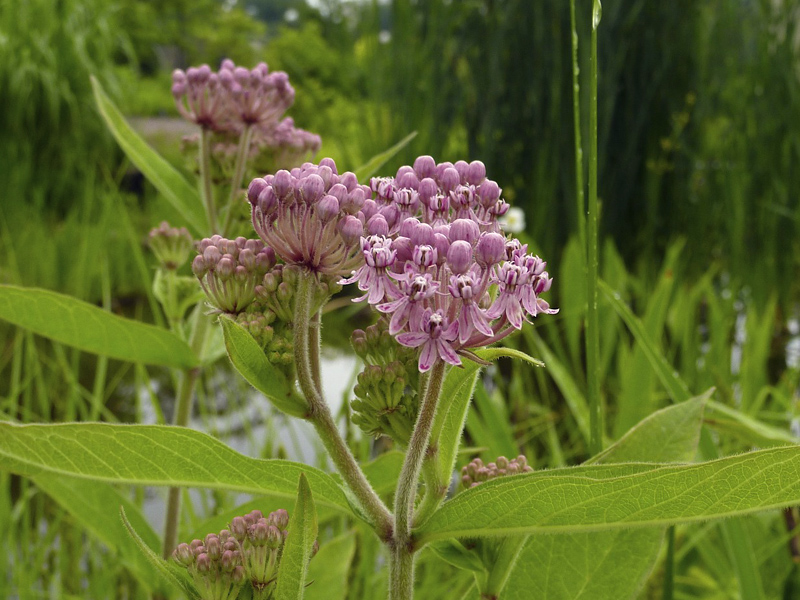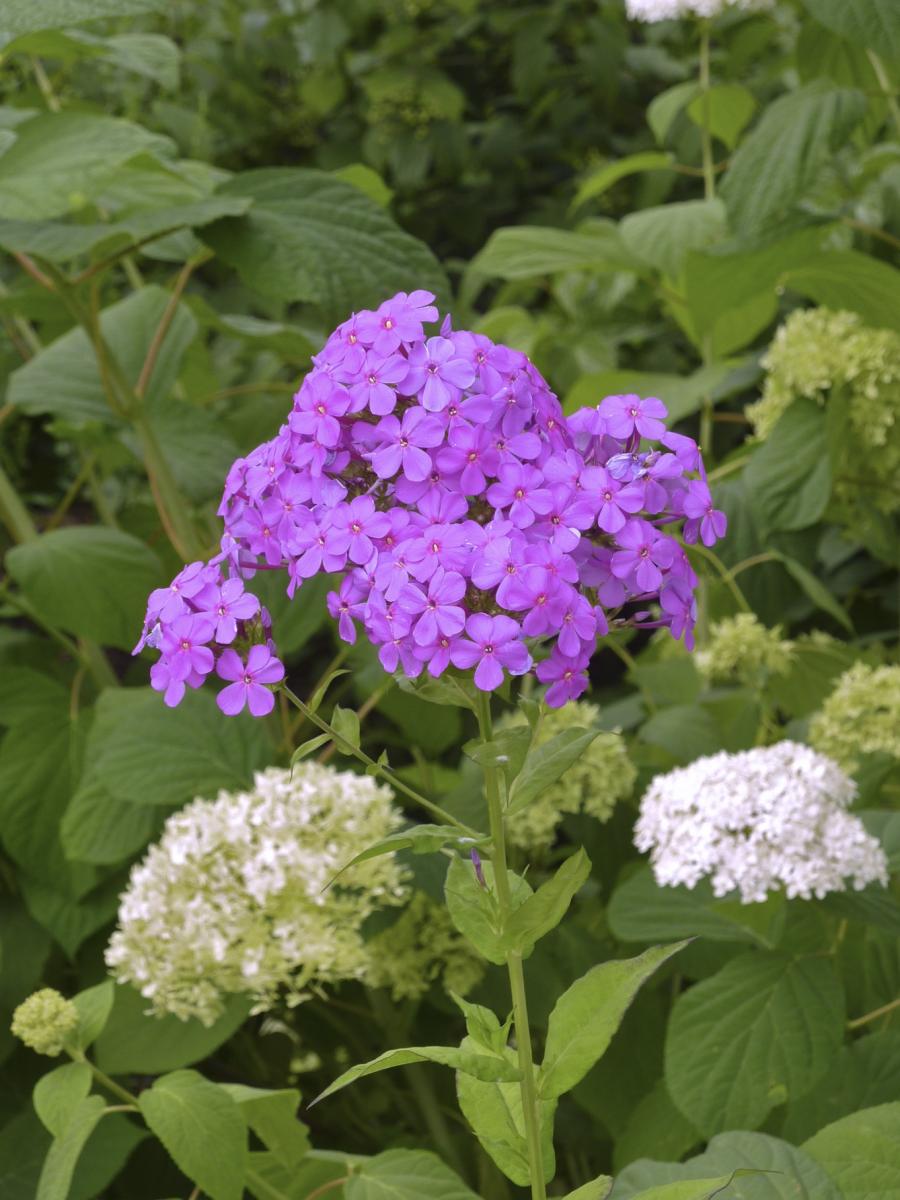Of the many creatures at home in the garden, few can match the grace and beauty of butterflies. They are important pollinators and a delight to see in any garden.
A garden that includes plants for the entire life cycle will attract a variety of native butterflies. Butterfly larvae need host plants for food and as a place to pupate, while adult butterflies require nectar sources for food and plants for egg-laying.
Tips for Planting a Butterfly Garden
- Place your garden in a sunny place and provide rocks for butterflies to bask in the sun. Butterflies are sun-lovers and cannot fly until the sun’s warmth heats their bodies.
- Group plants together to create a mass of color.
- Plant shrubs and trees nearby to offer a hiding place from predators and to shelter butterflies from the wind.
- Provide moisture. Butterflies extract water and minerals from damp soil.
- Avoid pesticides. They kill butterflies and their caterpillars.
To attract a diversity of butterflies and other pollinators in your garden, select a variety of plants with different floral colors, shapes, sizes and bloom times. The following plants are native to the Mid-Atlantic region and are listed based on their benefit for the different butterfly stages.
| Caterpillar Host Plants | Plants for Nectar Sources |
| Trees | Shrubs |
| · Salix caroliniana (willow) | · Symphyotrichum spp., Eurybia spp., etc. (aster species) |
| · Asimina triloba (pawpaw) | · Coreopsis verticillata (whorled tickseed) |
| · Betula nigra (river birch) | · Echinacea spp. (coneflower) |
| · Carpinus caroliniana (American hornbeam) | · Eupatorium fistulosum (Joe Pye weed) |
| · Cercis canadensis (Eastern redbud) | · Gaillardia x grandiflora (blanket flower) |
| · Cornus florida (dogwood) | · Gaura lindheimeri (Lindheimer’s beeblossom) |
| · Juniperus virginiana (Eastern red cedar) | · Heliopsis helianthoides (smooth oxeye) |
| · Ptelea trifoliata (common hop-tree) | · Hibiscus moscheutos (rose-mallow) |
| · Sassafras albidum (sassafras) | · Nepeta x faassenii (giant catmint) |
| · Quercus velutina (black oak) | · Oenothera spp. (evening primrose) |
| Shrubs | · Phlox carolina (thickleaf phlox) |
| · Lindera benzoin (spicebush) | · Phlox paniculata (fall phlox) |
| · Rhus spp. (sumac) | · Parthenium integrifolium (American feverfew) |
| · Viburnum dentatum | · Rudbeckia fulgida (Black-eyed Susan) |
| Herbaceous Perennials | · Sedum spp. |
| · Antennaria plantaginifolia (pussy toes) | |
| · Symphyotrichum spp., Eurybia spp., etc. (aster species) | |
| · Asclepias incarnata (swamp milkweed) | |
| · Chelone glabra, C. lyonii (turtlehead) | |
| · Penstemon digitalis (talus slope penstemon) | |
| Grasses | |
| · Panicum virgatum (switchgrass) |


